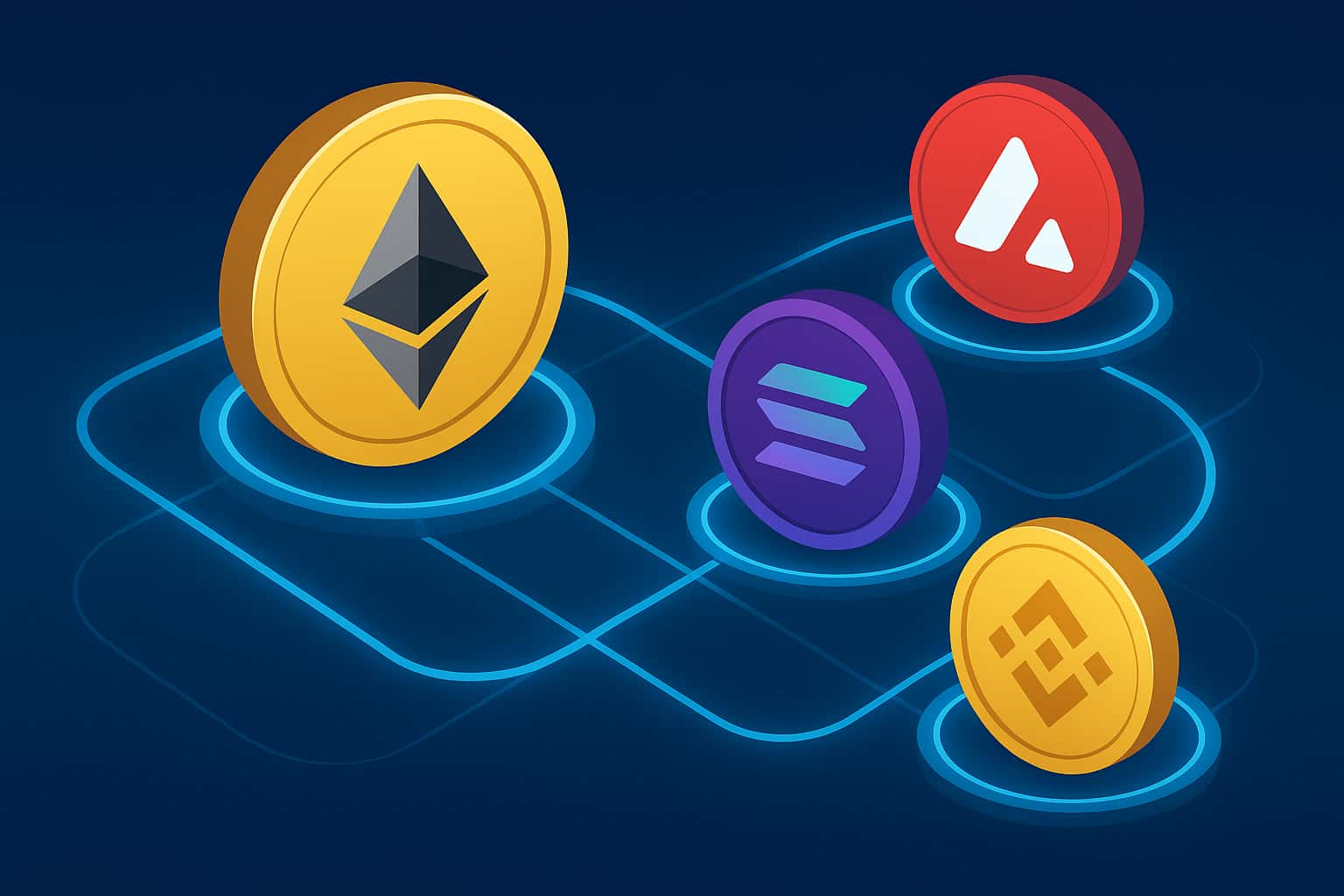What is Hyperliquid?
Hyperliquid is a decentralized perpetual exchange and blockchain network engineered for performance. It operates its own Layer-1, often referred to as the Hyperliquid Chain or HyperEVM, designed to handle thousands of transactions per second with near-instant finality. The network’s architecture eliminates the need for off-chain order management or Layer-2 scaling.
All trading activity—from order placement to liquidation—occurs directly on-chain. Traders interact with the system through a familiar order book interface, but every action is cryptographically verified and transparently recorded.
Key features include:
- A fully on-chain order book with deterministic matching
- Gas-abstraction that removes friction for frequent traders
- Native perpetuals and leverage support
- Cross-margin capabilities for unified capital efficiency
This combination enables institutions and individuals to execute derivative trades at speeds previously associated only with centralized exchanges.

 Blockchain Application Development
Blockchain Application Development
 Fintech Blockchain App Development
Fintech Blockchain App Development
 Hyperledger Application Development
Hyperledger Application Development
 STO Development Services Company
STO Development Services Company
 Exchange Development
Exchange Development
 Cryptocurrency Wallet Development
Cryptocurrency Wallet Development






